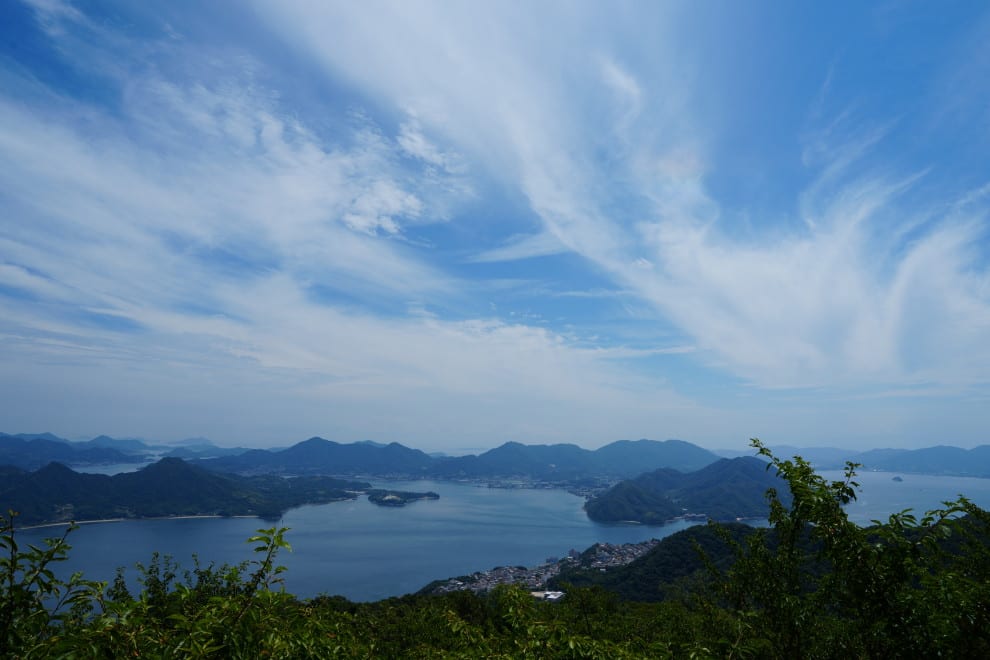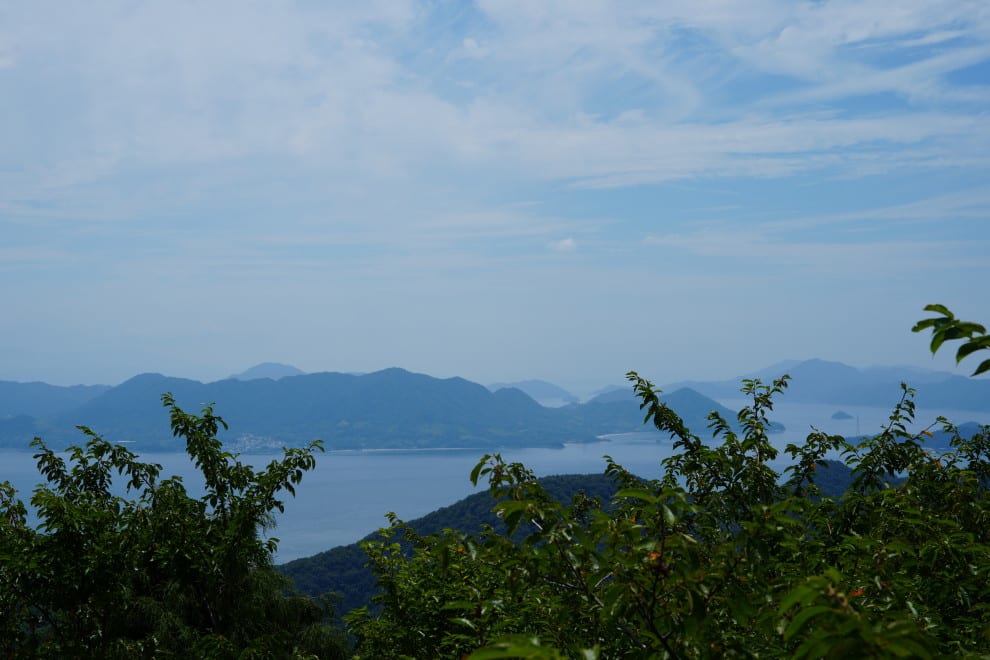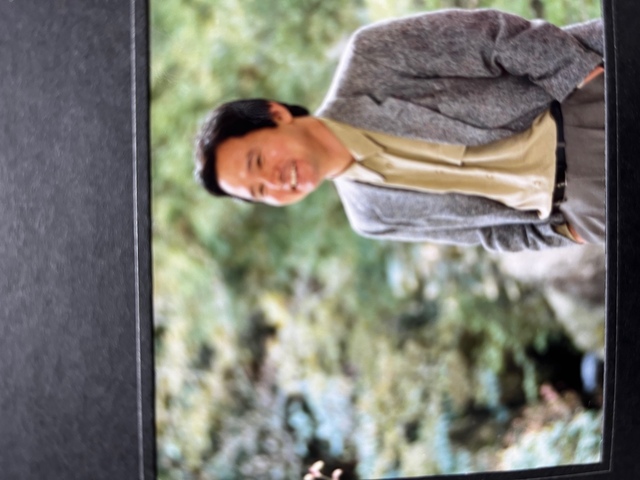The following is an article that appeared on the front page of the Nikkei Shimbun on 8/17.
This article revealed that China is a country of "abysmal evil" and "plausible lies.
Even readers of the Nikkei who are not readers of this column should have been able to recognize this fact with all their hearts.
This column will make the people of the UN, which is controlled by China, and the people of the countries that have been lured by Chinese aid money to follow China aware of this.
In this article, we would like to inform the citizens of the countries that have been subservient to China because of Chinese aid money.
Since the end of World War II, China has been accusing Japan of various fabricated stories, each time receiving vast amounts of aid money from Japan.
As I recall, until last year, China received vast aid from Japan.
You must know that the money you think is aid from China is Japanese money, i.e., tax money paid by Japanese citizens through hard work.
Chinese Fishing Boat Makes Big Fist of Sanriku
The Nihon Keizai Shimbun has learned that Chinese fishing boats, which continue to be subject to a total embargo on Japanese marine products, are actively operating off the coast of Sanriku and other areas known as one of the world's three significant fishing grounds.
China has remained strongly opposed to the release of treated water from TEPCO's Fukushima Daiichi Nuclear Power Plant, which began in August 2023 (see page 3, Today's Words).
There is a discrepancy between the Chinese government's view and the movements of Chinese fishing vessels.
Discrepancies with the Embargo
Chinese fishing vessels are now piling up off the Sanriku coast in greater numbers than at any time in the past several years.
A male fisherman who continues to fish off the coast of Sanriku said, "There are both warm and cold currents in the area.
This area is one of the best fishing grounds in the world, as it is located at the tidal point where the warm and cold currents meet.
Since the 2010s, Chinese fishing vessels have been pouring into the area in large numbers to fish.
However, in response to the discharge of treated water that began in August of last year, the Chinese government unilaterally and repeatedly made claims not based on scientific evidence and decided to impose a total ban on Japanese marine products.
Chinese fishing vessels were expected to drastically reduce their operations in the area, which is also close to Fukushima.
To clarify the actual situation, the Nikkei examined the movements of Chinese fishing vessels off the coast of Sanriku based on data from the Global Fishing Watch (GFW), which can confirm vessel movements based on signals transmitted by the Automatic Identification System (AIS) onboard fishing vessels.
GFW is a service launched by a US private non-profit organization (NPO) with the cooperation of the US Google to promote transparency in global fishing activities.
The fishing season off the coast of Sanriku usually starts around April, when the winter doldrums have subsided.
According to GFW, Chinese fishing vessels were also seen moving in late March of this year.
GFW confirmed that many fishing vessels had departed from several fishing ports, including Fuzhou Port in Fujian Province, China, bound for Japan.
They then passed through Japan's Tsugaru Strait one after another and began operations off the coast of Sanriku.
In addition, to understand the status of Chinese fishing vessels' operations in the gyration area, we compiled the operation hours from GFW data and compared them with the past.
The area for comparison was set to be north of 36 degrees north latitude and west of 148 degrees east longitude in the waters off Sanriku.
These waters are surrounded by Japan's exclusive economic zone (EEZ), where a large number of Chinese fishing vessels operate every year.
It is a good fishing ground where Japanese fishing vessels also operate actively.
According to the survey results, the operation hours of Chinese fishing vessels off Sanriku dropped temporarily due to the Corona disaster but recovered significantly in 2022.
Even after the release of treated water, the momentum did not wane, and it was found that they were still actively operating in 2024.
In April, the fishery peaked for the year, with operations reaching approximately 5,000 hours.
On the busiest days, about 50 vessels were in operation.
The Nikkei asked the Chinese side for its views on the series of interviews.
On April 19, the Chinese Foreign Ministry responded, "The emergency measures for Japanese marine products are legal and reasonable to protect our citizens against releasing contaminated water from the nuclear power plant into the ocean."
(Shota Fujii, Kento Awashima, Yuri Morita)
2024/8/18 in Mihara, Hiroshima



























